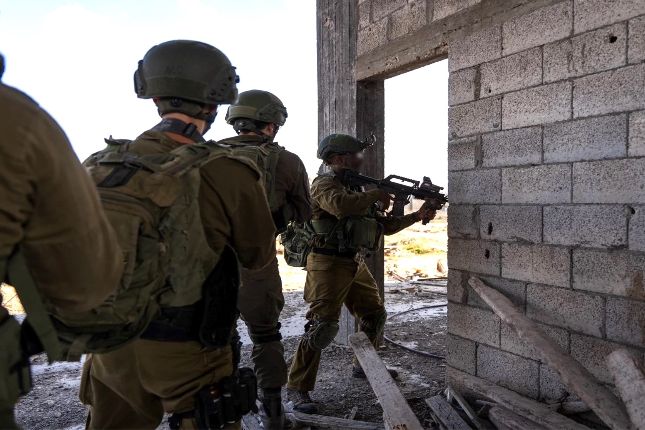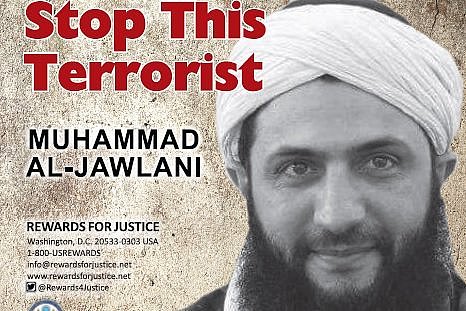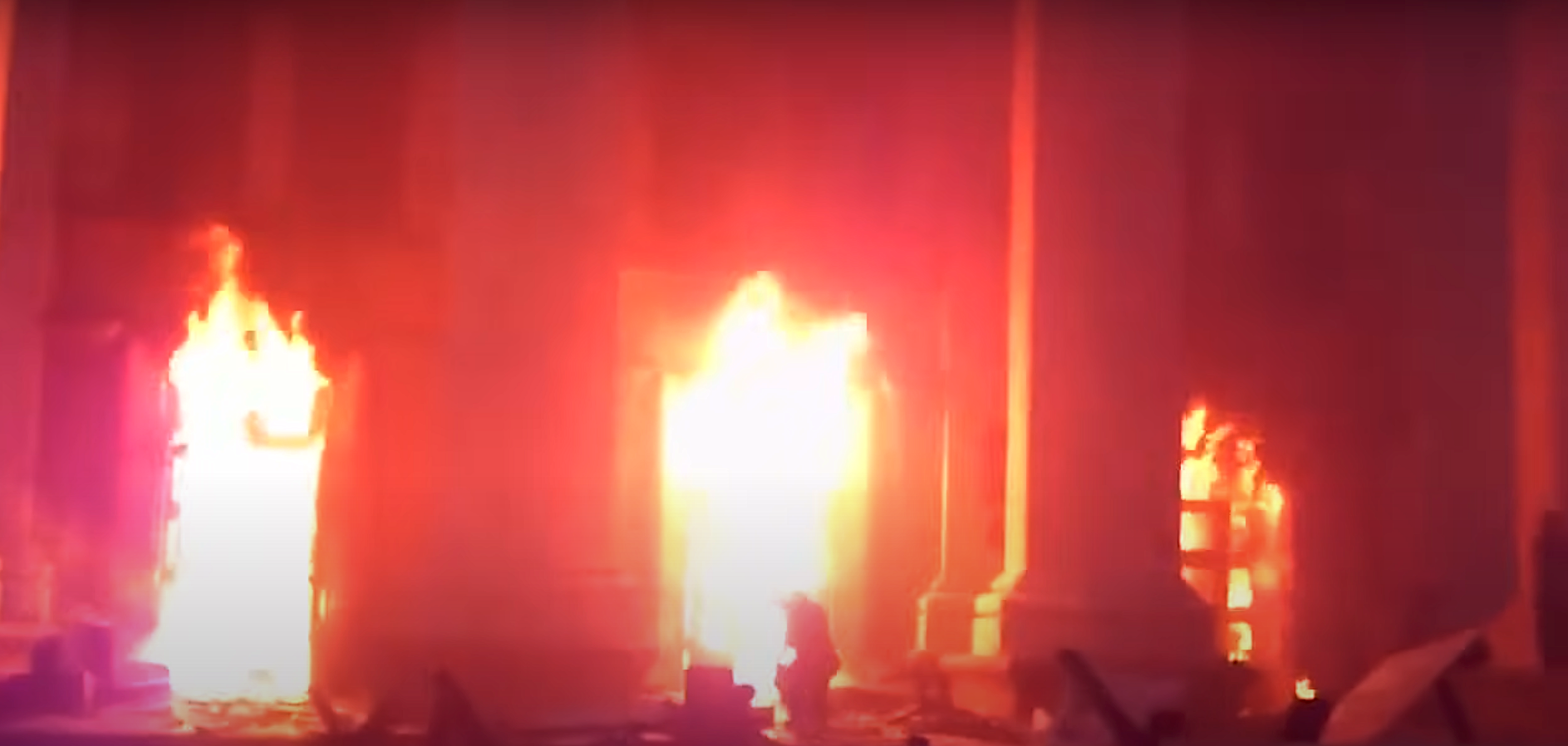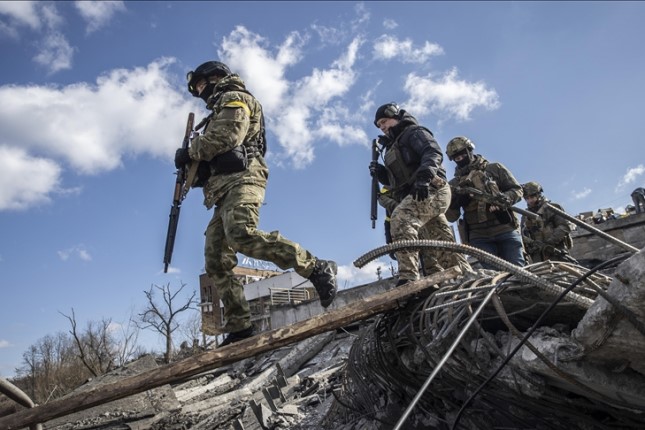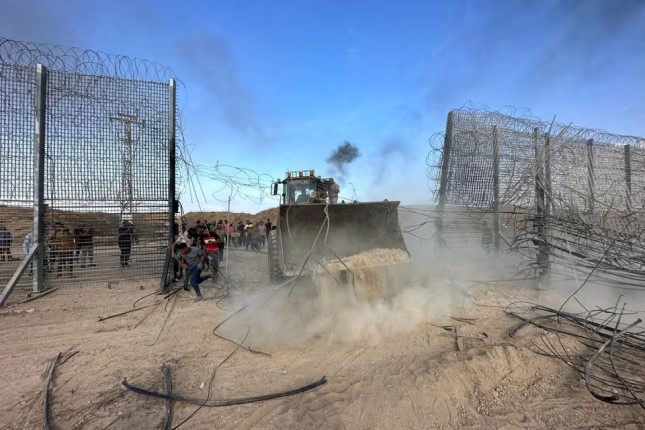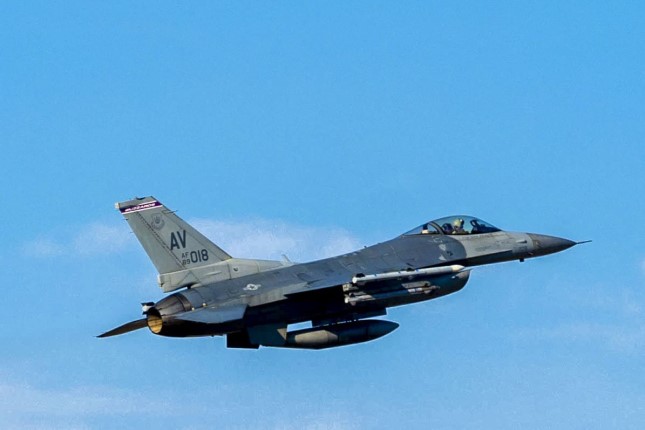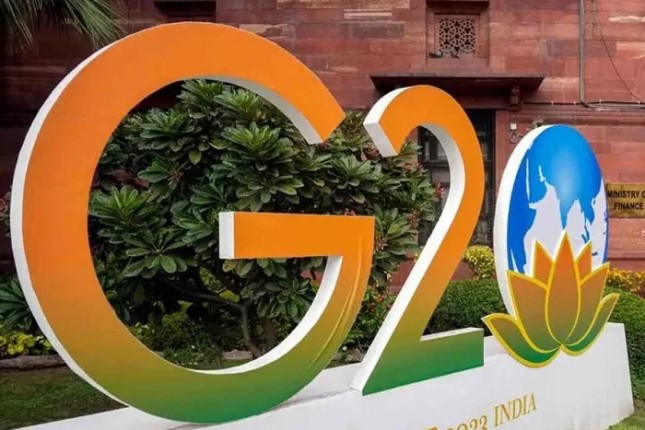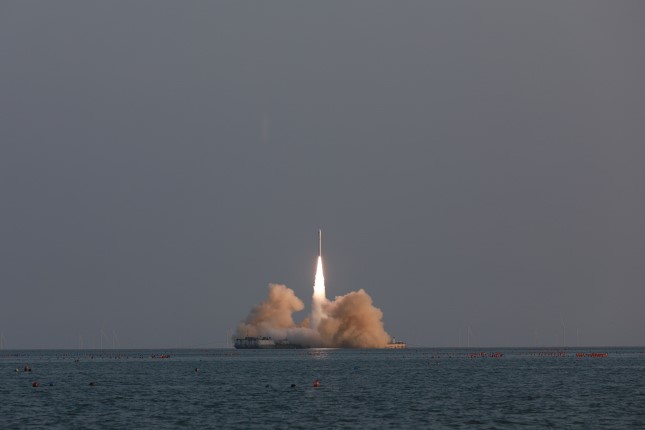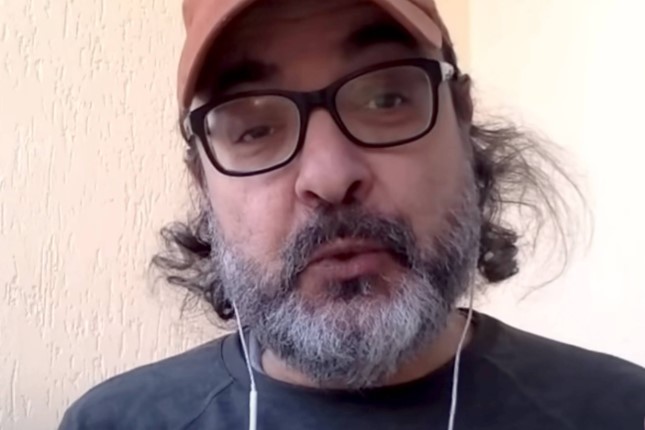Israeli forces have massacred nearly 60 people in the Gaza Strip over just the past 24 hours, and the past week has been one of the deadliest since the war began more than nine months ago.
But you’d hardly know it by looking at the front pages of major newspapers in the United States, despite U.S. President Joe Biden fueling Israeli Prime Minister Benjamin Netanyahu’s assault with diplomatic support and billions of dollars worth of weaponry.
While outlets such as Al Jazeera and Reuters have kept Israel’s onslaught at or near the top of their pages, coverage of the relentless war on the Palestinian enclave has largely been supplanted in the U.S. by presidential politics, particularly in the wake of the attempted assassination of former President Donald Trump on Saturday — the same day Israeli forces killed around 100 people in an attack on a southern Gaza town that was previously designated a “safe zone,” as Common Dreams reported.
Fresh Israeli airstrikes across Gaza on Tuesday killed dozens of people — including children — but the massacres didn’t receive mention on the front pages of the web versions of The New York Times, The Washington Post, The Wall Street Journal or USA Today, each of which heavily featured coverage of the high-stakes U.S. presidential contest between two candidates who have backed Israel’s war on Gaza.
As of Tuesday morning, Gaza was entirely absent from the website landing pages of the Journal and USA Today. The Post’s home page buried a story about the potential for an all-out war between Israel and Hezbollah, while the Times’ home page contained a piece about surging settler violence in the West Bank amid Israel’s ongoing atrocities in Gaza.
In recent weeks, U.S. corporate media coverage of developments in Gaza has not reflected the extent to which Israel has intensified its aerial and ground attacks, even as recent cease-fire talks have sparked some hope of a pause.
After a 20-year-old gunman attempted to assassinate Trump at a campaign rally in Pennsylvania on Saturday, pictures of the former president’s bloodied ear and raised fist were plastered across the front pages of major newspapers in the U.S. and around the world while the far more numerous images of child victims of Israeli bombs —many of them supplied by the United States — faded from view.
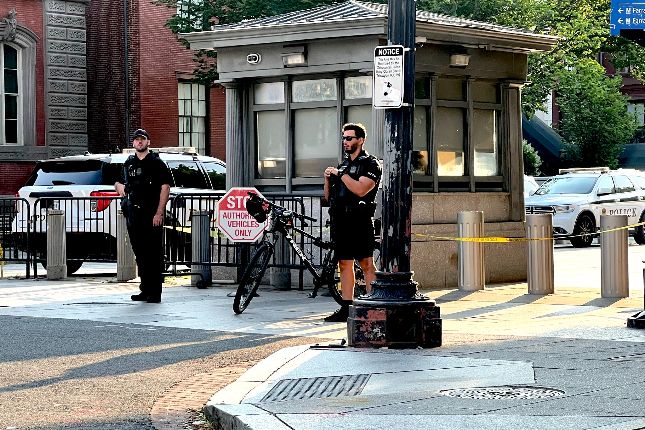
USSS Uniformed Division policemen on guard outside the White House Sunday after the assassination attempt on presidential candidate Donald Trump. Photo: Misha Komadovsky / Wikimedia Commons / Public domain.
Israel does not allow journalists with major U.S.-based media outlets to enter the Gaza Strip unless they are embedded with Israeli forces and agree to let the military vet their coverage.
Al Jazeera, a Qatari-funded outlet that Israel’s far-right government has repeatedly targeted, reported Monday that “Israeli forces have attacked five separate schools in Gaza in just eight days, killing dozens of people sheltering in them.”
One attack on Sunday, the outlet noted, “struck the United Nations-run Abu Oreiban school in the Nuseirat refugee camp, killing at least 17 people and injuring about 80. Most of the victims were women and children, said Palestinian Civil Defense.”
Reporting from the Al-Aqsa Martyrs Hospital in Deir al-Balah, Al Jazeera’s Hani Mahmoud said he witnessed children “crying out in pain and agony” at the facility, which — like all of Gaza’s remaining hospitals — is under-resourced and only partially functioning.
“This is the result of incinerating bombs,” Mahmoud added.
The death toll from Israel’s war on Gaza is nearing 40,000 — likely a dramatic undercount, given how many bodies are missing under the rubble that now dominates the landscape of the enclave and could take 15 years to clear. [The Lancet reports that 186,000 Gazans have died as a result of the war.]
Those who have survived Israel’s onslaught are now living amid sewage, decomposing bodies, and the ruins of their homes, shops, schools, and hospitals, with nowhere safe to flee. Famine and disease are spreading rapidly across the territory as the Israeli government continues to restrict the flow of humanitarian aid.
Main photo: Israeli forces in Rafah in May 2024 © Israeli Defence Forces Spokesperson’s Unit / Wikimedia Commons / Public domain.
Source: Consortium News.
